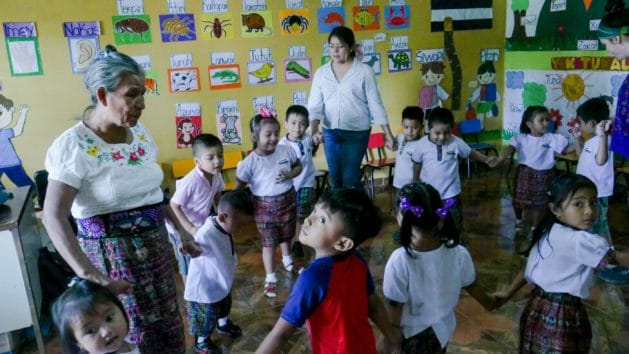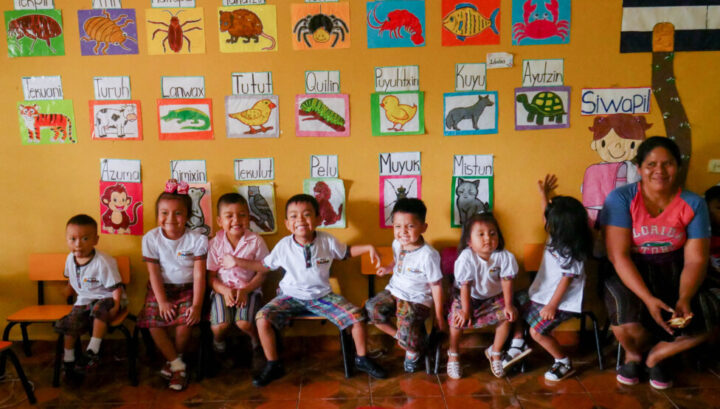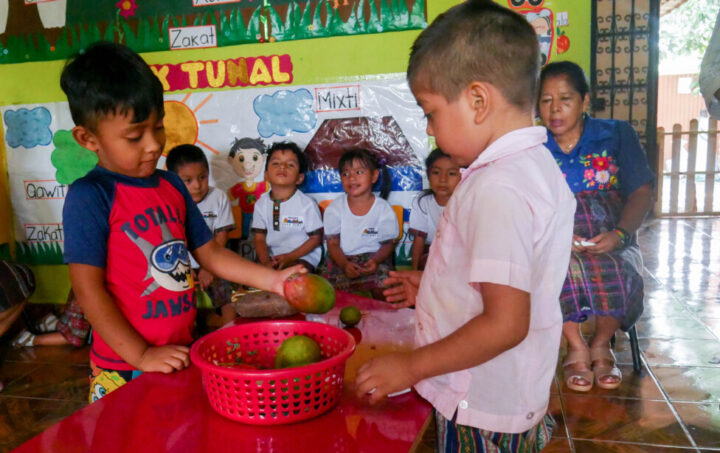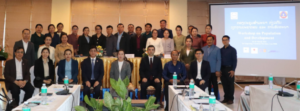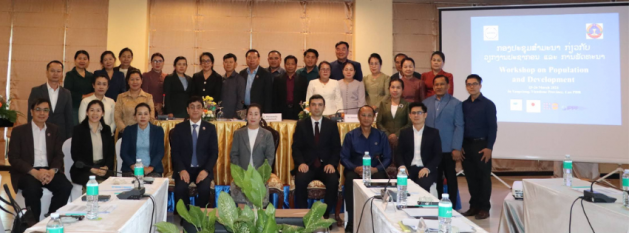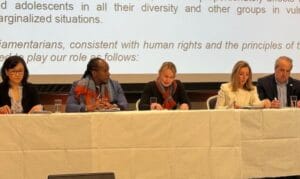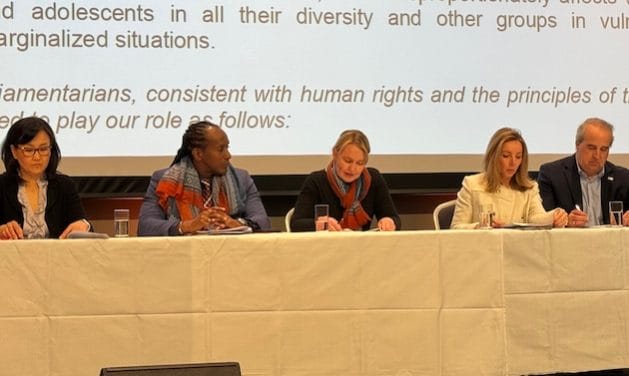
Active Citizens, Asia-Pacific, Civil Society, Development & Aid, Editors’ Choice, Environment, Featured, Gender, Headlines, Health, Human Rights, Inequality, Natural Resources, Population, Sustainable Development Goals, TerraViva United Nations, Water & Sanitation, Women & Economy

Women in Khardariya village in Dang fetching water from a community well. Credit: Tanka Dhakal/IPS
– In the rural village of Khardariya in the Dang district of Nepal, access to clean water is a major issue. Villagers depend on one poorly managed well for drinking water, cleaning, and feeding livestock.
Anjana Yadav stood near the well while a neighbor walked toward it to fetch a bucket of water.
“At least seven families and over 400 buffaloes rely on this well; this is the water that sustains the buffaloes, and we drink it too,” she said. “In summer, the water level goes down, and we suffer more,” Anjana told IPS.
According to government data, only 27 percent of the country’s population has access to pure drinking water. However, the government’s aim is to increase the number of people using safe drinking water to at least 90 percent by 2030, in line with Sustainable Development Goals. But villages like Khardariya are still struggling to access enough water, let alone pure water.
“This water is not drinkable, but we don’t have any other option,” Niramala Yadava (Anjana’s daughter) says while showing the logged water around the well, “We know this water is not safe, but we’re forced to drink it, use it for cleaning, and even in the kitchen. We also have to manage for livestock too.”
Khardariya is one example where access to water is a major problem, and there are other areas where people are facing the same situation. The Department of Water Supply and Sewerage Management claims that 80 percent of people have access to drinking water, but it’s not safe as per standards. Most of them still depend on surface water sources like rivers, ponds, and these sources are not necessarily safe to drink. And often time this water led to health consequences to the community where clean drinking water is not available.
Everyday Struggle
According to the World Health Organization’s Global Health Estimates (WHO GHE), one of the largest declines in the number of deaths is from diarrheal diseases, with global deaths falling from 2.6 million in 2000 to 1.5 million in 2019. But in Nepal even though cases are in decreasing trend, water related diseases are still a major concern, GHE data shows from 2000 to 2019 above 140 thousands of diarrheal cases are recorded per year.
Diarrheal diseases are one of the top ten causes of death in Nepal. According to data from the Institute for Health Metrics and Evaluation (IHME), diarrheal diseases ranked seventh in 2009 and ninth in 2019 in the list of top ten causes of death.
As Anjana Yadav in Dang, Sarita Rana Magar in Solukhumbu is struggling to get drinking water from the spring sourced tap, but it is not certain that the water is clean as per government standards. “We don’t have enough access to drinking water; even to get a couple of buckets of water is hard these days,” Magar says while waiting for her turn to fill water from the community tap in Lausasa village in the Khumbu region, where mountains stand right near her village. “It takes 25-30 minutes to fill one bucket (40-liter bucket) of water, and I need at least three buckets of water every day,” Magar said while keeping her bucket under the running tap.
Problem is Not Prioritizing
Even though the Government of Nepal claims that safe drinking water is a priority issue, the facts do not align with this assertion. In recent years, the budget for safe drinking water has been decreasing while the need is growing.
Madhu Timalsina, Senior Divisional Engineer at the Ministry of Water Supply, says that the government is not keen to expand basic drinking water safety.
“According to the data we have, 73 percent of the population lacks access to safe drinking water. The target is to reach 90 percent of the population with access to safe drinking water by 2030,” Timalsina says. “We don’t have the resources to sustain ongoing programs, and meeting the goal is far from achievable at this point. Water is not a priority for the government. We need resources.”
According to the Ministry, at a time when the demand for safe drinking water is increasing, the budget is shrinking. In the current fiscal year, the Ministry received over 28 billion Nepali rupees (about USD 208 million) as their budget, which was 42 billion (USD 313 million) in the previous fiscal year.
“It seems like in the coming year, it will decrease to 22-23 billion,” Timalsina said, “We have not been able to initiate new programs in recent years due to the lack of budget. Everything is ready, but we lack the resources.”
The Federation of Drinking Water and Sanitation Users Nepal (FDWSUN), which advocates for access to safe and contamination-free water for all, believes that the government is not taking the water issue seriously. “We have been continuously trying to create pressure, but the government is not willing to listen,” said Durga Chapagain, Senior Vice President of the FDWSUN, “The majority of users are still drinking water from open sources, and there is no budget allocated for drinking water projects.”
If the government truly intends to increase access to safe drinking water for up to 90 percent of the population by 2030, the budget should be allocated accordingly, according to Timalsina.
“To meet the target, we need to cover an additional 63 percent of the population within 6 years. The target is set, but we can’t achieve anything without the budget,” he explains. “We lack the resources to meet our needs, which is the primary limitation. Additionally, our springs are drying up, and water scarcity is becoming a major issue. Unfortunately, without resources, it’s not possible to do anything.”
IPS UN Bureau Report






